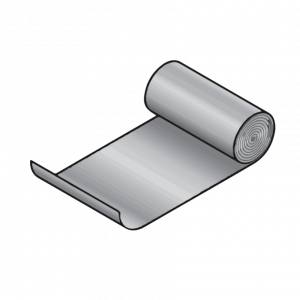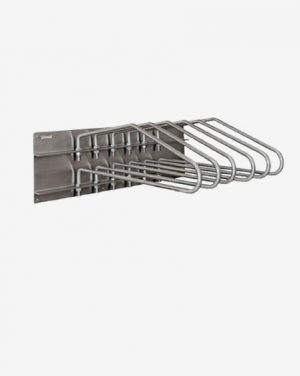Gonad Shield(BARC Approved)
The Ovarian Shield provides targeted radiation protection for ovaries, ensuring safety during medical imaging procedures and minimizing potential reproductive health risks.When purchasing a gonad shield, consider factors such as the size, design, material, and radiation attenuation properties to ensure that it meets your requirements for radiation protection during medical imaging procedures. Additionally, verify that the gonad shield complies with relevant safety standards and regulations for radiation protection in healthcare settings.
Available in
Pb-Free / Pb-Premium
| Lead Equivalence |
|---|
| 0.5 mm Pb |
| 1 mm Pb |
Download Brochure
Description
A gonad shield, also known as a pelvic or gonadal shield, is a specialized radiation protection device designed to shield reproductive organs from ionizing radiation during medical imaging procedures. Here’s an overview of its purpose, features, and use:
Purpose:
- Radiation Protection: The primary purpose of a gonad shield is to protect the reproductive organs (testes in males and ovaries in females) from unnecessary radiation exposure during X-ray examinations, particularly those involving the pelvic region.
- Risk Reduction: By shielding the gonads, which are sensitive to radiation and vulnerable to potential damage, the shield helps reduce the risk of genetic mutations, infertility, and potential long-term health effects in patients undergoing imaging procedures.
Features:
- Material: Gonad shields are typically made from lead or lead-equivalent materials, such as lead vinyl or lead-free composite materials. Lead is chosen for its high density, which effectively absorbs and attenuates ionizing radiation.
- Design:
- Shape and Size: Shields are designed to conform to the anatomical contours of the pelvic area. They come in various sizes and shapes to accommodate different patient body types and imaging procedures.
- Attachment: Some shields are integrated into the lead apron worn by patients during imaging exams, ensuring convenient and consistent use.
- Placement:
- The shield is positioned over the pelvic area, covering the reproductive organs, during X-ray examinations. Proper positioning ensures maximum protection of the gonads without obstructing the area of interest for the imaging procedure.
Use in Medical Imaging:
- Radiography: Gonad shields are commonly used during X-ray examinations of the pelvic region, such as pelvic X-rays, hip X-rays, and certain types of abdominal X-rays.
- Fluoroscopy: They may also be used during fluoroscopic procedures that involve continuous imaging with X-rays, such as certain types of interventional radiology procedures.
- Pediatric Imaging: Gonad shields are especially important in pediatric radiology to protect children’s developing reproductive organs from radiation exposure.
Benefits:
- Patient Safety: Shields protect reproductive organs from unnecessary radiation exposure, reducing potential health risks associated with ionizing radiation.
- Regulatory Compliance: Healthcare facilities adhere to guidelines and regulations that recommend or require the use of gonad shields to minimize radiation dose to sensitive organs.
- Comfort and Ease of Use: Shields are designed for patient comfort and ease of application, ensuring compliance with radiation protection protocols without compromising imaging quality.
Conclusion:
Gonad shields are essential tools in radiation protection protocols during medical imaging procedures. They play a crucial role in safeguarding reproductive health by minimizing radiation exposure to the testes and ovaries, thereby contributing to the overall safety and well-being of patients undergoing diagnostic or therapeutic radiology.







Reviews
There are no reviews yet.